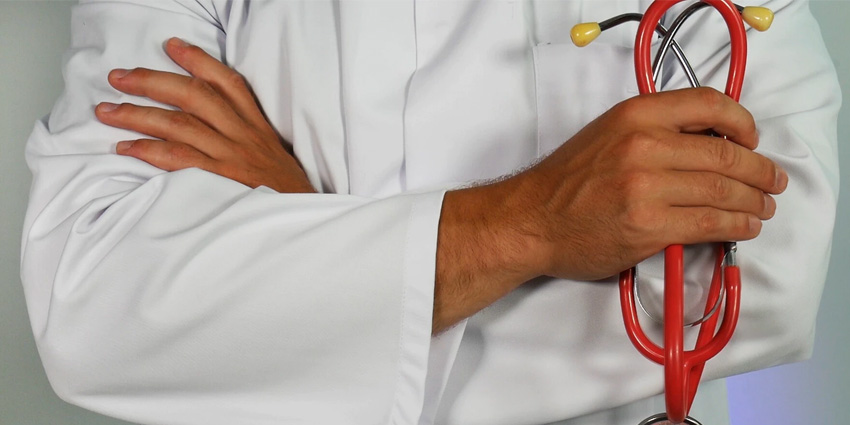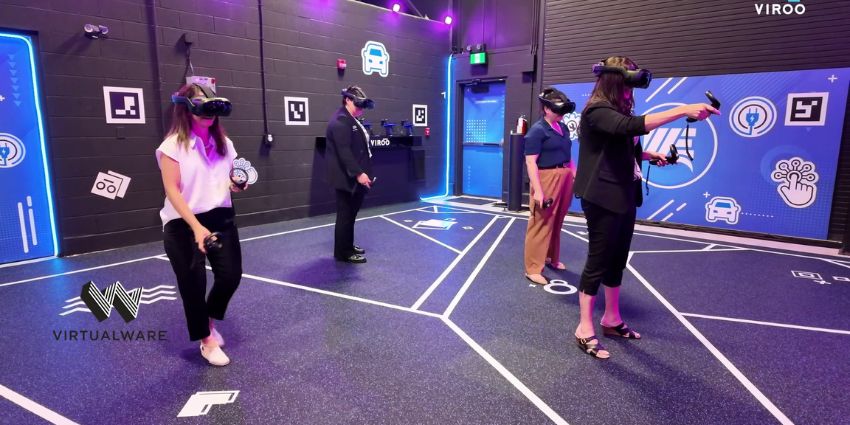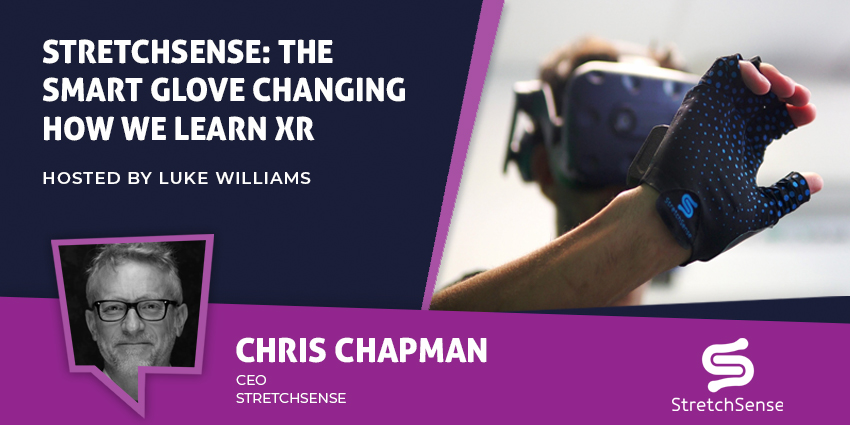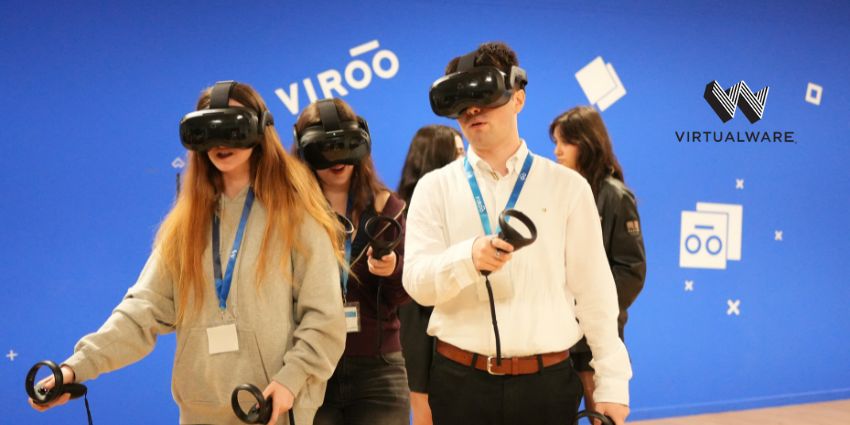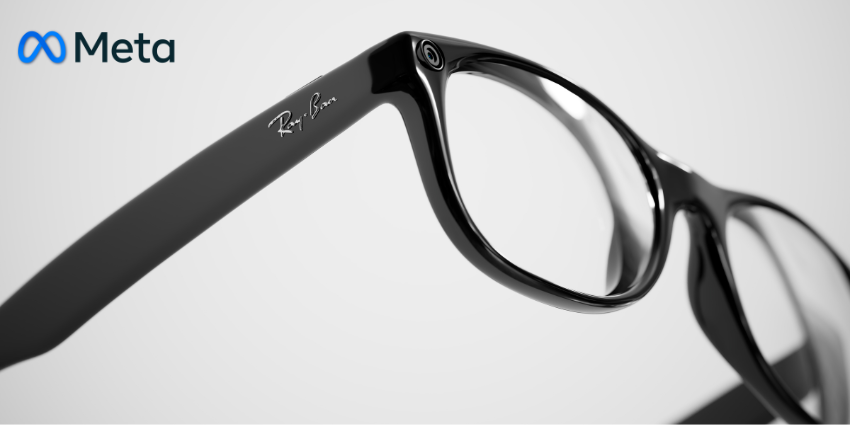AR and VR are still in the early stages of adoption. Though many of us have heard of augmented and virtual reality before today, the technology available for these tools has been somewhat limited. It’s only recently that the digital landscape has evolved to a point where AR and VR can substantially impact the way we live and work.
Thanks to better resolution displays, 5G connections, and advanced hardware, companies in industries from communication through to engineering are discovering the benefits of extended reality. Perhaps one of the most exciting environments for this tech is the healthcare sector.
AR and VR enabled devices are emerging as cheaper, more accessible ways to understand, treat, and cure various conditions and illnesses. According to a report from Grandview research, the market for VR and AR in healthcare was worth around $568.7 million in 2016. However, by 2025, this space will be worth around $5.1 billion.
So, what exactly can extended reality solutions do for healthcare?
A Sudden Demand for Digital Transformation
Although the healthcare industry has been investing in new digital solutions for some time now, the demand for transformation skyrocketed in 2020, when the Covid-19 pandemic hit. The worldwide pandemic threw a spotlight on hands-free virtual technologies for improving patient care.
Companies have begun turning to VR and AR as a way to connect with people in a world where face-to-face interactions aren’t possible. Not only can virtual reality and augmented reality lead to better customer experiences in retail, and opportunities for virtual events, but it may be essential to the way we receive healthcare too.
With a virtual reality headset, a patient can interact with a care provider in a space that mimics a standard doctor’s office. With augmented reality, patients can get advice on how to use medicines, or take swabs for tests with 3D guidance.
Before COVID, there are various examples of clinical studies that have distributed equipment for extended reality into patient homes, to investigate things like interventions for patients with Parkinson’s disease, or help students connect to learn about anatomy or practice procedures.
Now that healthcare groups have had a chance to test VR and AR, in reality, we’re seeing new opportunities unravel.
Applications for VR and AR in Healthcare
Although the opportunities for AR and VR in healthcare are still emerging, some ideas are already gaining a lot of attention. For instance, scientists from the Cancer Research UK Cambridge Institute have designed a VR 3D model of cancer to help give people a new way of looking at the disease. Other applications include:
Medical training
Virtual reality can transport medical professionals into the human body, helping to access areas that would otherwise be difficult to research. With VR, medical professionals can practice procedures without putting patients at risk and observe every element of the body in minute details.
In London, the first VR operation allowed experts to remove cancerous tissue from a body using a VR camera. The medical students could even watch the operation in live-action. Elsewhere, a surgeon in St Bartholomew Hospital used a Microsoft HoloLens headset to bring surgeons around the world to operate on a patient.
Pain relief therapy and recovery
VR’s healing capabilities are more incredible than you might think. Experts are beginning to find that VR is helpful in rehabilitation projects, where patients need help rediscovering their mobility and learning how to do things like walk or move certain body parts. VR is also highly effective in pain management, as it acts as a kind of diversion for the brain.
Using VR has an impact on the pathways in the brain, just like real experiences do. Virtual reality can build powerful experiences that help patients reduce the pain they’re experiencing. For instance, Bob Jester used VR to reduce his need for pain medication after a life-changing incident.
A paper from the Frontiers in Neurology journal says that VR has enormous potential to be used as therapy following severe brain injuries. By recreating tasks within a virtual environment, VR helps patients to practice them at increasing levels of complexity, building cognitive function.
Diagnostics and detection
Extended realities are also useful as compelling diagnostic devices. These solutions help doctors and professionals to carry out the full diagnosis of a patient, done through methods like CT and MRI scans, without the need for any invasive procedures. VR and AR are likely to appear more commonly in the coming years.
With AR technology, users might be able to get an insight into how they should be using tests and other equipment for self-diagnostic procedures. It’s not just clear physical ailments that VR and AR can help with when it comes to diagnostics and detection, either.
There are many examples of clinicians using VR to detect early signs of Alzheimer’s in patients too. VR-based navigation tests are even better than traditional cognitive tests at diagnosing memory problems.
Introducing a World of New Treatment Options
With VR and AR, medical professionals can diagnose and better-care for patients in a variety of environments. We may even find that people with chronic conditions start to use VR and AR to help with overcoming difficult symptoms and experiences. For instance, 27% of patients with clinical depression are seeing progress with VR as part of their treatment.
From a mental health perspective, VR could have additional potential to offer in the treatment of phobias. One study from Lancet Psychiatry demonstrates that using VR can promote significant improvements in people experiencing fear of heights. People in the trial wore a VR headset for half an hour three times a week for two weeks. The VR activity helped to coach the individuals to overcome their fears.
As we move forward into an environment where AR and VR are more accessible for the masses, the demand for these tools will only continue to grow. Following COVID and the arrival of 5G and new technology, a new era of healthcare will emerge, where AR and VR become tools to strengthen the connections between AI and humans.
